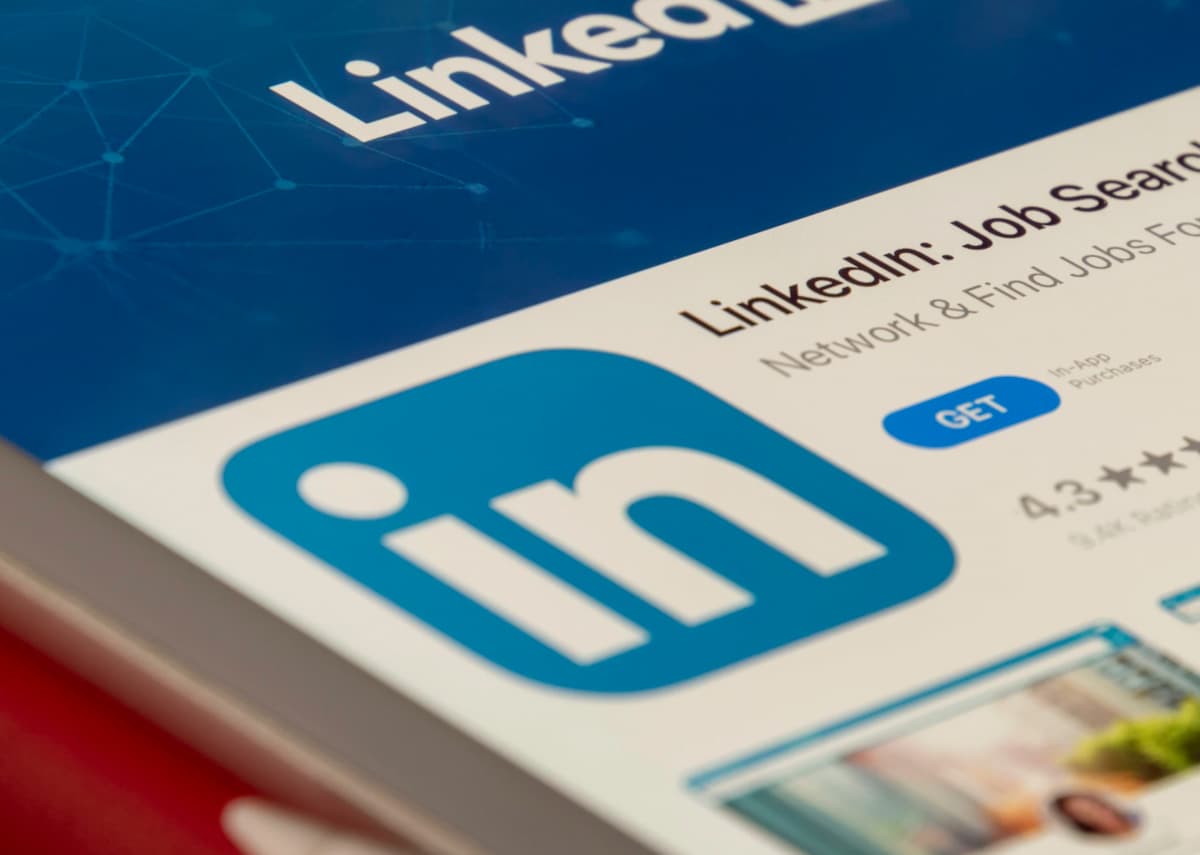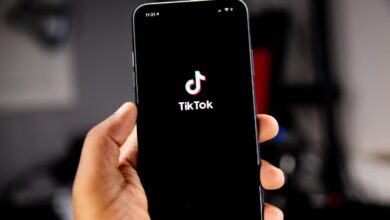Fake LinkedIn profiles and how to protect your information
Are you starting to get suspicious about the amount of LinkedIn invitations you receive? Well, you should be. In a world full of scammers, it seems that even your LinkedIn profile isn’t safe from attacks from fake profiles and scammers. Yes, the profile is set up by a real person but they are using false information and presenting a false identity.
Why do people set up Fake LinkedIn Profiles?
One of the main culprits of fake profiles is spammers. Their main intention is to get hold of your email address and also everyone you may be connected to. When this is achieved, your inbox will be inundated with even more annoying spam than you currently receive at the moment.
In addition to the irritating spammers, there are also the groups who simply want to capture your name for list building. In simple terms, this also means that your email address will be misused in different ways. This will include everything from event promotions to porn sites.
Finally, there is also the group that just wants to find out more about you. No, not just because they like the look of your profile picture, but they are more interested in your personal content – all of it. Especially the stuff that is only visible to the people you are connected to.

How to spot a fake profile
The signs of fake profiles are varied, but with a little bit of work, you too can become an expert at spotting them. Some of the main points to look for include:
1) They may have a cartoon or a movie character name.
2) The information or profile is written in lowercase letters and usually originate from India or Pakistan.
3) They often have a career history that just doesn’t make much sense.
4) Often the information on their profile is sparse and they seldom have any recommendations or LinkedIn applications. There is usually a lack of education or employment history.
5) Photos can often just look suspect and often contain stock images.
So how do you go about protecting your LinkedIn profile?
Always review your connection requests before accepting and take a few minutes to check out the profile details.
If something just doesn’t feel right, don’t accept. Look for all the red flags highlighted in this article. Another option is to reply to them using the LinkedIn user agreement and state ‘I generally only connect with people I know. Can you tell me why you want to connect and what you hope to achieve?’ If you don’t get a response then just ignore them.
LinkedIn does provide a remedy for the problem in the form of a flag button that will report the profile as spam. If enough people flag a profile, the site administrators will review it and if they determine it’s spam, the user’s account will be suspended.
Jane Anderson is the founder of Inside Out Coach.




